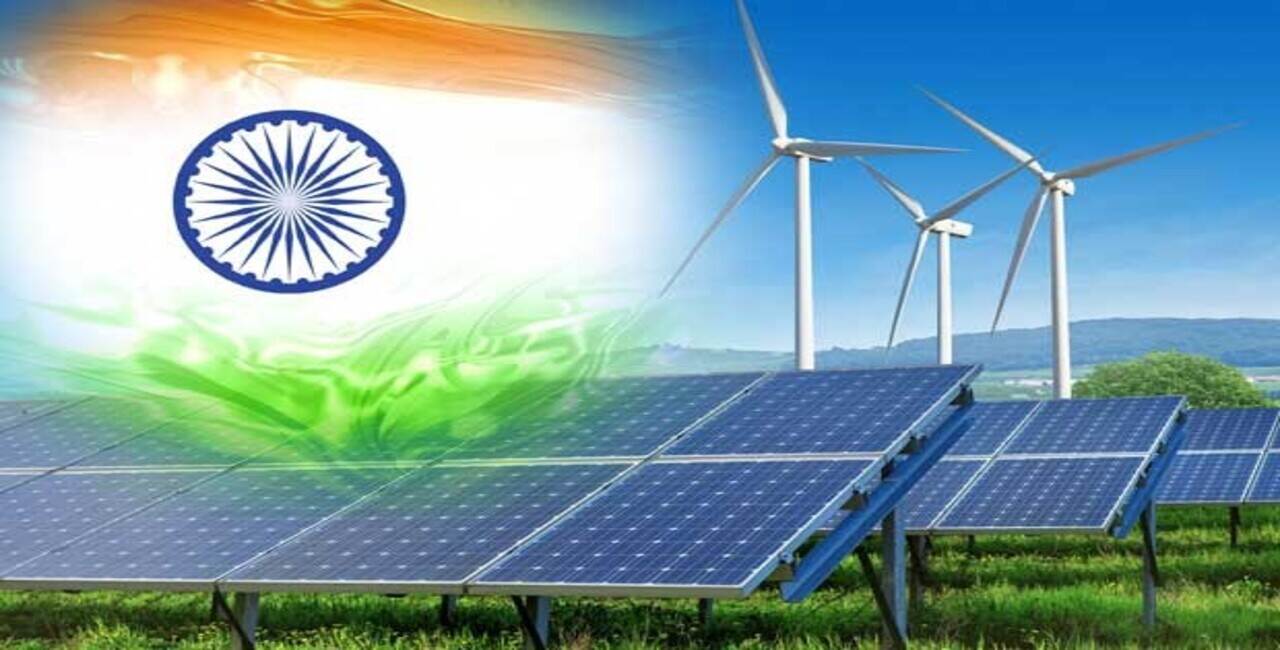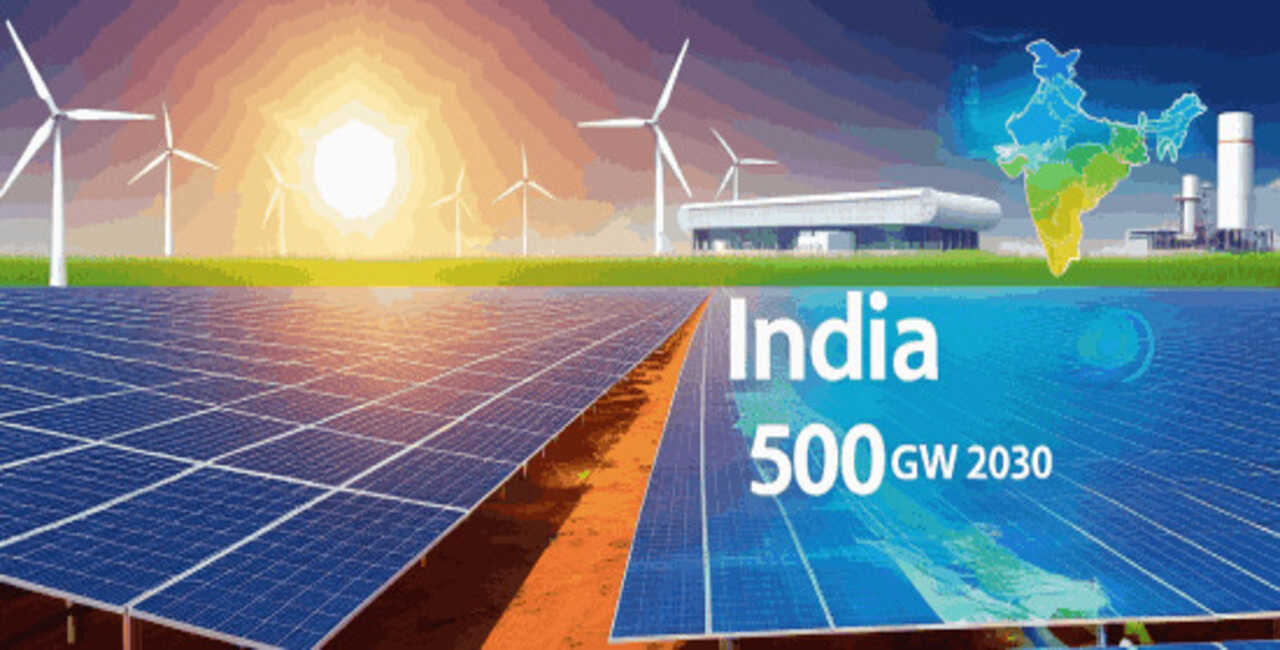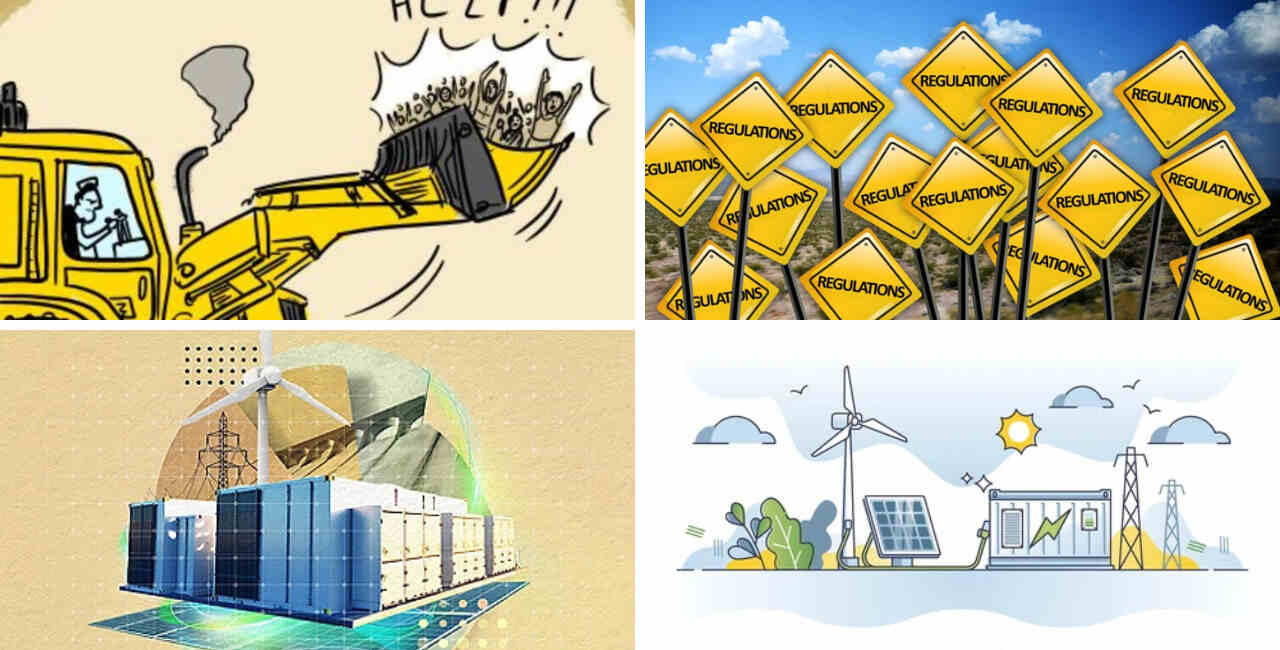
Lately, solar energy has started to play a bigger role in India’s power sector. With plenty of sunlight and strong government support India is quickly moving up as one of the top countries using solar power. Experts believe that by 2025, it will be one of the world’s leading producers of solar electricity.
This signals a major transformation for renewable energy.
This solar outburst is helping cut pollution, create jobs, and reduce dependence on imported fuel but this also means that India is facing big challenges like finding land for new solar farms to upgrading transmission lines and ensuring consistent policies across states.
Despite these challenges the rapid growth and aspiring targets to make solar a star for India’s future in energy are never coming to a halt. In this blog, we’ll see India’s current solar capacity and targets, what’s fueling its surge, the benefits for society, new innovations, and the roadblocks that must be overcome.
India has made huge progress in just a few years. Today 82% of India’s solar power comes from 7 states—Rajasthan, Gujarat, Karnataka, Tamil Nadu, Maharashtra, Telangana and Andhra Pradesh.
A big push came from the Jawaharlal Nehru National Solar Mission. It first set a target of 20 GW of solar power by 2022 but later increased it to 100 GW. India achieved 100 GW earlier than expected. By 2024 India had installed 94 GW and in early 2025 it crossed 100 GW. India is now the 3rd largest solar power producer in the world.
A lot of this growth is coming from big solar parks. One example is the Bhadla Solar Park in Rajasthan which produces 2245 MW of power. It’s one of the largest solar parks in the world.
Rooftop solar is also growing, but India didn’t quite meet its earlier target of 100 GW by 2022 (which included 40 GW from rooftops). But India has bigger goals now. Indian leaders want to have 500 GW of renewable energy by 2030, with half of that coming from solar.
As of January 2025 India’s non-fossil fuel power capacity is around 218 GW. Every year new records are being set in solar installations. For example in 2024 India added 24.5 GW of solar power. So solar in 2025 is growing fast and building a path for a clean energy future though there’s still more to do.

Solar energy has just recently become cheaper and more efficient because a decade ago the solar bids in India were around ₹11/kWh and by 2025 they fell to near ₹2.50/kWh. Improvements in panel technology also boost output. Modern solar cells often convert over 20% of sunlight to electricity and world-record efficiencies now top 25%.
Cheaper, better panels mean solar is overtaking older power sources. In fact, a study finds solar-plus-storage costs in India around ₹6 per kWh, already undercutting the average industrial tariff (~₹8). Falling costs and higher efficiency make solar increasingly attractive to businesses and households.
India’s government has launched many incentives to jump-start solar. A Production Linked Incentive (PLI) program set aside about ₹24,000 crore (~$3B) to build domestic solar manufacturing.
Rooftop solar gets generous help too: programs like “PM Surya Ghar: Muft Bijli” give subsidies for home installations, with a goal of covering millions of roofs. Utilities benefit from solar parks and transmission waivers. For example, dozens of solar parks (totaling 40 GW) have been approved to provide land and grid access.
In 2024–25, India added record solar capacity – about 18.5 GW of large-scale projects and 4.6 GW of rooftop solar.
In short, strong government support is driving India’s solar revolution.
Climate action is another key driver. India has pledged to reach net-zero emissions by 2070 and supply half of the country’s energy from renewables by 2030. This means about 500 GW of clean energy in the next decade which is roughly 250 GW of solar to meet its Paris Agreement goals.
The companies and investors worldwide are also looking for green projects. Environmental, Social, and Governance (ESG) criteria are channeling funds into renewables. Collaborations such as the International Solar Alliance led by India highlight International initiatives.
Taken together, India’s climate commitments and global sustainability trends are rapidly boosting the demand for solar energy.

Switching to solar power brings many benefits for the people of India and the planet. Using more solar power means less coal burned which is an environmental gain- the first benefit..
The second benefit is saving money because solar panels cut electricity bills. A small rooftop system (3 kW) can offset as much CO₂ as planting a tree, helping improve air quality.
Solar brings energy independence, the third benefit. Studies find that an average home solar setup pays for itself in about 4 years after which the electricity is essentially free. That means decades of lower energy bills for families.
Generating your own power lets you avoid rising utility tariffs and provides resilience during outages. For families, installing panels means immediate savings and widespread solar can cut billions in fuel imports every year for the country.
Solar also creates jobs in panel manufacturing, installation, and maintenance across India. Rural and industrial users benefit from solar-powered pumps and micro-grids which provides reliable electricity in villages and factories even when the grid is down.
If India meets its solar goals, it could displace tens of millions of tons of coal annually, saving foreign exchange and improving air quality. Over time, these changes can boost productivity and health in communities.
The long-term advantages of solar power in India includes saving money, cleaner air, local jobs, and more energy independence.

Among the most exciting solar innovations in India is floating solar. Here, panels are installed on water, for example, lakes or reservoirs, instead of land. This has big benefits: it doesn’t use scarce farmland, and the water cools the panels, improving efficiency.
A World Bank report highlights that India has about 280–300 GW of floating solar potential on its reservoirs. Early floating projects are already running in Kerala, Telangana, and other states.
Experts expect many more as costs fall: “As costs continue to decline and technological advancements improve, we can anticipate a significant uptick in floating solar projects across India,” notes the World Bank.
In short, floating solar could greatly boost India’s capacity without extra land use.
Pairing solar with battery storage is a great option. People can use solar power at night or during peak demand hours by installing solar plus storage systems. A study found that combined solar-plus-battery electricity in India costs around ₹6 per kWh locking in prices for decades.
The government is also funding storage: for example, a ₹54,000 crore plan will develop 30 GWh of battery capacity. Pumped hydro (using water reservoirs) is getting renewed attention as well. These storage advances means that solar can become a reliable 24/7 power source in India.
Solar is also teaming up with electric vehicles (EVs). India is building solar-powered EV charging stations, so that electric cars really run on sunshine.
For instance, Bengaluru opened a new charging hub (“RE2EV”) powered by a 45 kW rooftop solar array and a 100 kWh battery system built from used EV batteries. This station can charge 23 cars at once, all from solar power and stored energy.
These initiatives boost EVs and use clean energy instead of coal-generated power. The future is guaranteed to be bright and beautiful with solar power taking charge and leveling up India’s electricity grid and its transportation network.

Despite the progress, solar growth still faces hurdles. One of the major issues is land. Utility-scale solar requires huge tracts of flat land which are hard to find or buy in India. State laws limit how much rural land private firms can own, complicating site assembly.
Even if the land is secured, connecting it to the grid is tough. Building high voltage lines would result in clearing forest and farmlands or dealing with hundreds of tower permits.
These steps add delay and cost. In short, land and transmission bottlenecks remain major roadblocks.
India’s federal structure adds another challenge: different states have different solar rules. Each state sets its own tariffs, net-metering policies, and auction procedures. This “patchwork” of regulations makes it hard for developers to plan new projects across regions.
For example, a company might face one set of rules in Rajasthan and a totally different set in Maharashtra. These inconsistencies can stall all the deals and scare off investment. A nationwide policy framework could have helped but the reality is state-to-state laws and it remains a barrier.
Finally, as solar capacity soars, India’s grid must adapt. Solar power is intermittent: production dips when clouds pass or at night, so balancing supply is tricky. Without enough storage or network upgrades, some solar output may have to be curtailed.
In fact, India recently hit a record solar generation, but also reported curtailment when grid evacuation was limited. Installing large-scale storage (batteries, pumped hydro) is expensive and still ramping up, even if costs are falling.
The government’s transmission waivers and storage incentives help, but until networks are stronger, variability and cost will remain issues.

India’s solar future is promising and full of opportunity. We’ve seen that capacity and technology are growing fast, and that solar power brings clear benefits – from cheaper bills and cleaner air to more energy independence.
Land use, policies and grid stability are the challenges which pose some problems but despite of that installing panels and investing in solar projects have more benefits in the long run like savings on electricity costs and environmental benefits.
ARKA 360 offers solar design and proposal software to make solar project planning easier.
The long-term advantages of solar in India are huge, so now is a great time to invest in solar in India and help power our country’s sustainable growth. For example, even a small rooftop solar panel helps India’s energy independence too.













